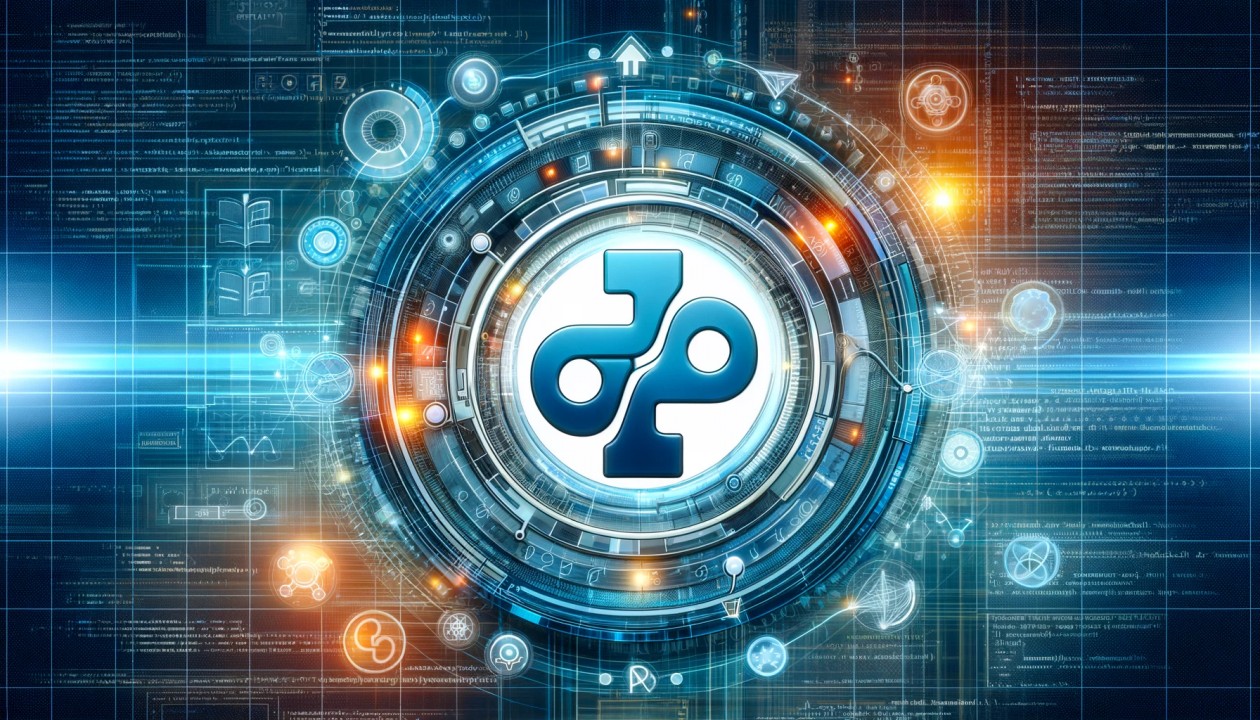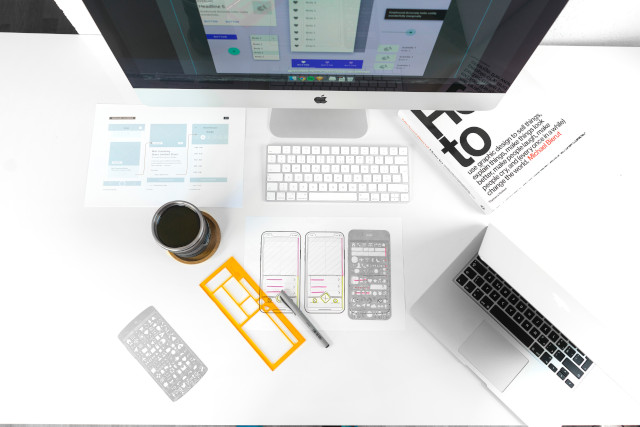Discover the power of user-centered design in software development! Explore how user feedback and experience drive innovation, improve productivity, and create exceptional products!
Introduction
Welcome to the future of software development, where innovation and user-centered design are paving the way for extraordinary products! In this fast-paced digital era, creating software that truly meets user needs is no longer just a trend; it's a necessity. User-centered design software development, user feedback in software development, and the overall user experience in software play a pivotal role in shaping the future of technology.
Embracing User-Centered Design Process
In today's competitive software market, prioritizing user needs and preferences is key to gaining a competitive edge. The user-centered design process empowers developers to create software that users will love. Let's explore the core aspects of this transformative approach!
1. Understanding User-Centered Design (UCD) User-centered design is an iterative process that involves understanding user behaviors, needs, and preferences to create user-friendly software. By placing users at the center of the development process, developers gain valuable insights that drive innovation and success.
2. Empathizing with the User Developers step into the shoes of their users, empathizing with their challenges and desires. By truly understanding their frustrations and motivations, developers can create solutions that genuinely make a difference.
3. Defining User Requirements In the UCD process, defining user requirements is critical. Clear, concise, and accurate requirements lay the foundation for the software's success. Developers gather data through surveys, interviews, and usability testing to pinpoint essential features and functionalities.
4. Ideation and Prototyping Innovation in software design flourishes during the ideation and prototyping phase. Developers brainstorm creative solutions and create prototypes that allow for user testing and feedback. Rapid iterations help refine the software based on real user input.
5. User Testing and Feedback User feedback in software development is like gold dust! By involving users early and often in the testing process, developers uncover potential issues, refine their solutions, and ensure the final product meets user expectations. User Feedback: The Fuel for Software Development
User feedback is the backbone of any successful software development project. Let's explore how incorporating user feedback throughout the development process revolutionizes the way we build software!
1. Real-Time User Feedback Gone are the days of long development cycles without user input. Now, software developers actively seek feedback from users during the development process. This real-time feedback loop leads to a product that resonates with its target audience.
2. Addressing Pain Points User feedback shines a light on pain points and areas for improvement. Armed with this knowledge, developers can optimize their software to meet user needs effectively.
3. Iterative Development With user feedback in hand, developers can iterate and improve the software continuously. The iterative approach allows for faster releases of new features and bug fixes, ensuring a dynamic and user-centric product.
4. Fostering User Loyalty When users feel heard and see their feedback implemented, they become loyal advocates for the software. This positive relationship fosters long-term customer loyalty and drives word-of-mouth promotion.
Elevating User Experience in Software
The user experience (UX) in software plays a pivotal role in determining its success. A seamless and intuitive UX can make or break a product. Let's delve into how to elevate the user experience to new heights!
1. Intuitive Interface Design A user-centered design process ensures that the software's interface is intuitive and easy to navigate. With user expectations in mind, developers create a layout that minimizes learning curves and maximizes user satisfaction.
2. Personalization and Customization Users crave personalized experiences, and software development is no exception. By offering customization options, developers cater to individual preferences, enhancing the overall user experience.
3. Responsive and Adaptive Design With software running on various devices and platforms, responsive and adaptive design is essential. Users expect seamless transitions and consistent experiences, regardless of the device they use.
4. Accessibility for All Inclusive design is a key aspect of user experience. By making software accessible to users with disabilities, developers open up their products to a broader audience, enriching lives and promoting inclusivity. Productivity Improvement through User-Centered Design
Beyond creating user-friendly products, the user-centered design approach also boosts productivity within development teams. Let's uncover how this approach enhances efficiency and effectiveness.
1. Eliminating Guesswork Traditional software development often involves making assumptions about user preferences. In contrast, user-centered design relies on real data, removing guesswork and ensuring that developers work on features that matter most to users.
2. Streamlining Development Cycles By incorporating user feedback early and often, developers streamline development cycles. This iterative process minimizes rework, reduces development time, and accelerates time-to-market.
3. Improved Team Collaboration User-centered design fosters better collaboration within development teams. As developers share the common goal of creating a product that delights users, they align their efforts, leading to more cohesive and efficient teams.
4. Minimizing Support and Maintenance Burden Software that meets user needs is less likely to encounter major issues or require extensive customer support. By addressing pain points during development, developers minimize the burden of ongoing maintenance. Innovation: The Heart of Software Design
Innovation in software design goes hand in hand with user-centered development. When developers embrace innovation, they reimagine the possibilities and create groundbreaking products. Let's explore how innovation and user-centered design complement each other.
1. Encouraging Creativity The iterative nature of user-centered design encourages developers to think outside the box. By welcoming creativity and out-of-the-box ideas, developers can achieve groundbreaking innovations.
2. Leveraging Cutting-Edge Technologies Innovative software design often involves leveraging cutting-edge technologies to push the boundaries of what's possible. From AI-powered features to immersive user interfaces, developers bring futuristic elements to life.
3. Anticipating Future Needs Innovative software anticipates future user needs. Developers who embrace innovation stay ahead of the curve and position their products for success in a rapidly evolving tech landscape.
4. Creating Disruptive Solutions User-centered design coupled with innovation can lead to disruptive solutions that transform entire industries. By challenging the status quo, developers can redefine user expectations and reshape markets.
FAQs
What is user-centered design software development? User-centered design software development is an approach that places users at the core of the development process. It involves empathizing with users, understanding their needs, gathering feedback, and creating software that meets those needs effectively.
How does user feedback drive innovation in software design? User feedback provides valuable insights into user preferences and pain points, inspiring developers to come up with creative and innovative solutions that cater to user needs.
Can user-centered design improve productivity within development teams? Absolutely! User-centered design eliminates guesswork, streamlines development cycles, improves collaboration, and reduces support and maintenance burdens, all of which contribute to enhanced productivity.
Why is innovation essential in software design? Innovation keeps software development relevant and future-proof. By embracing innovation, developers can create cutting-edge products that anticipate future needs and disrupt markets.
Conclusion
In the dynamic world of software development, user-centered design, user feedback, and user experience play crucial roles in driving innovation and productivity. By prioritizing users and incorporating their insights throughout the development process, software creators can craft exceptional products that meet user needs and exceed expectations. Embrace user-centered design, and embark on a journey of innovation that shapes the future of technology!






